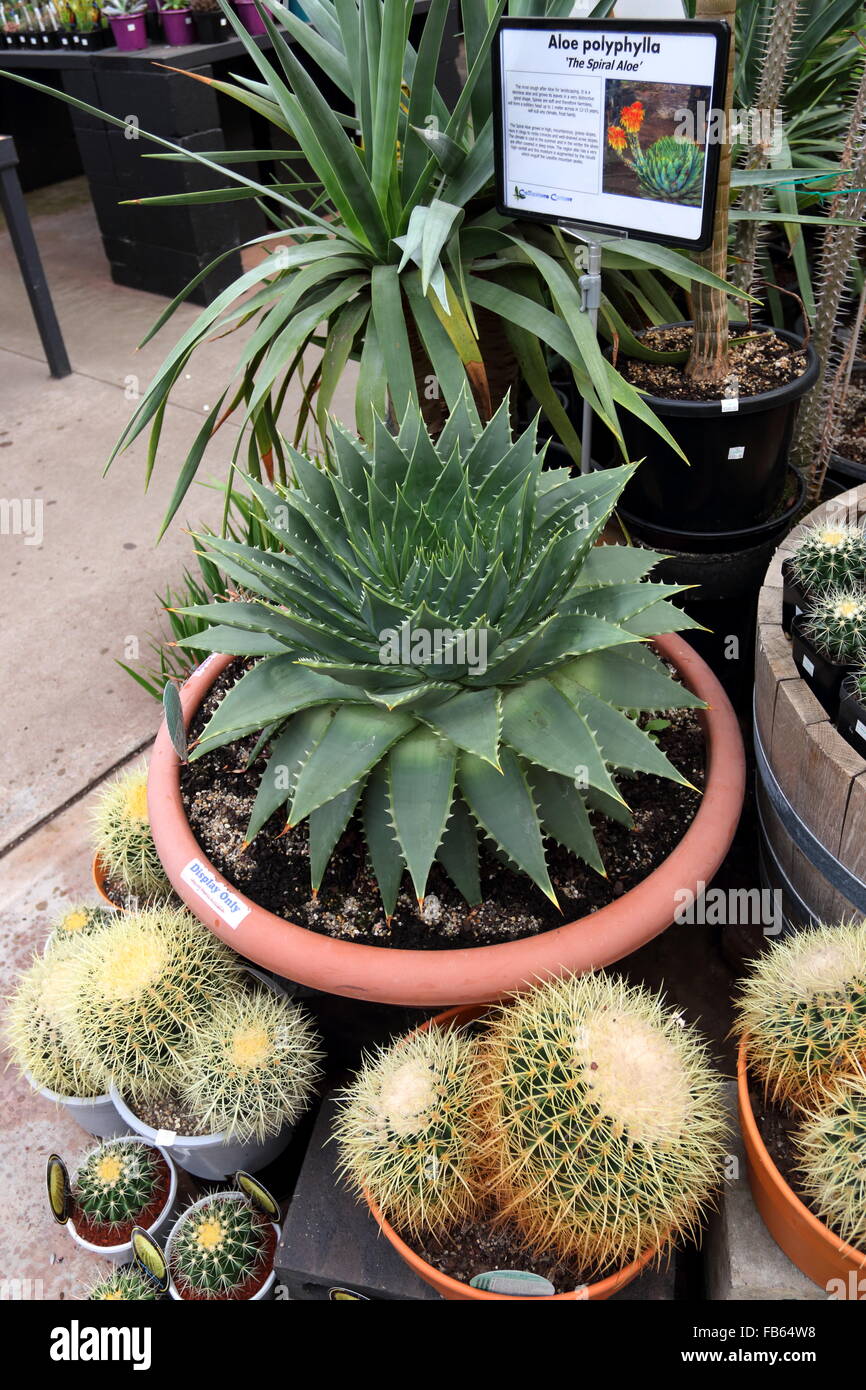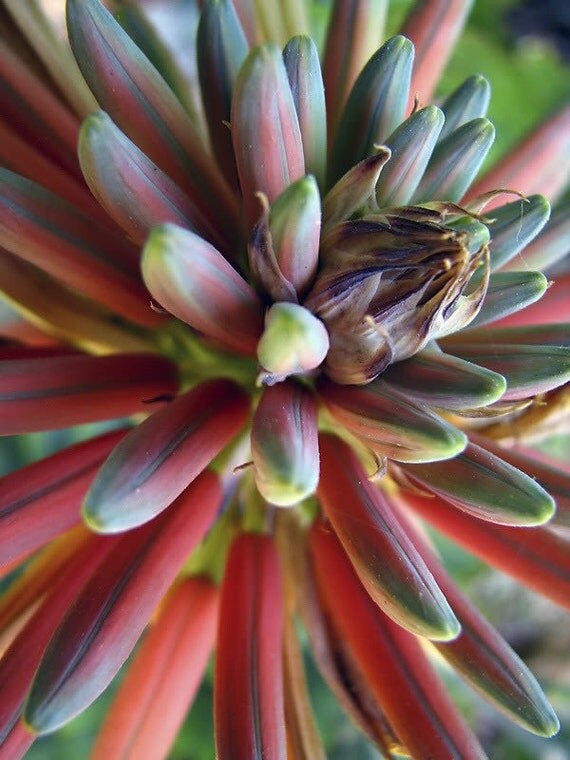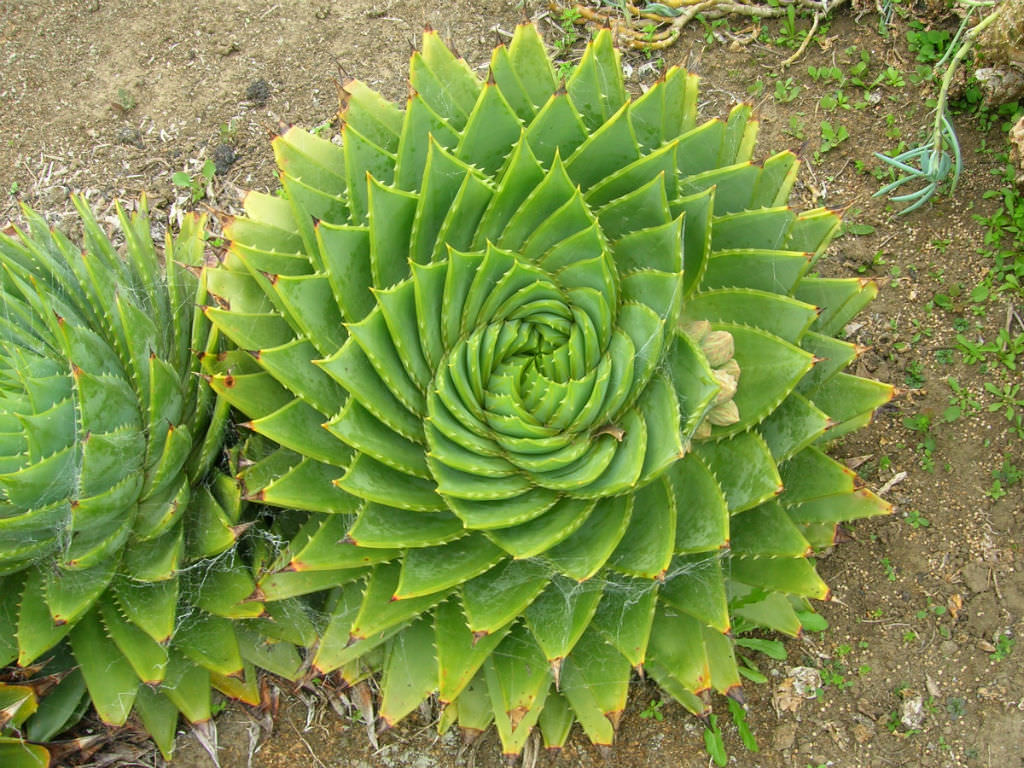


In order for them to germinate, a substrate with very good drainage must be used, such as 50% fine mulch + 40% washed river sand + 10% white peat. MultiplicationĮl Aloe polyphylla multiplies by seeds in spring-summer. But if you can't, don't worry, a plastic one - also with holes - can be fine too. If possible, use clay pots -with holes in the base-, as this way it will be able to root better. If it is potted, transplant every 2-3 years, when you see the roots come out of the drainage holes or when it has already filled the entire container.


Throughout the spring and summer season It is highly recommended to fertilize it with a specific fertilizer for cacti and other succulents, following the instructions specified on the product packaging. In this way, it will stay properly hydrated. Pour water until you see that the substrate is very wet and, if you have it in a pot, make sure that the excess comes out of the drainage holes. Remember that it will always be much better to fall short than go overboard with watering, since in fact, it will be easier for you to recover it if you are thirsty than if you are drowning.Īlso, when you water, you have to moisten the earth, never the plant. If there are frosts in your area, water once a month or a month and a half. Therefore, and to avoid problems, It should be watered once a week in spring and summer, and every 15-20 days the rest of the year. The Aloe polyphyllaBesides wanting a land with excellent drainage, it requires little water. Irrigation is one of the most difficult issues to control, as it has to be rather scarce. Garden: you can plant it in the garden as long as you make a hole of about 50 x 50cm, and fill it with pumice or kiryuzuna.Peat or similar is not recommended since in these substrates the roots of the spiral aloe rot quickly. Flower pot: fill with pumice or kiryuzuna.Image - Wikimedia / Bjørn Christian Tørrissen But in cultivation and especially during the summer and / or if you live in an area with strong sunshine (such as the Mediterranean region for example) and / or if the maximums exceed 30✬, it is better that you have it in a very bright place, but a little protected from the sun's rays to prevent its leaves from burning. It is a succulent that, in its natural habitat, is in an area where it receives direct sunlight throughout the day. Why? Because, although the weather is very important, it is not everything 😉. Spiral aloe is a plant that lives in a mountainous region, where the maximum temperatures are around 30-32✬ and the minimum temperatures can drop below 4 degrees below zero on occasion.īut this can lead to confusion, because for example in Spain, taking into account what we have just said, it should be easy to cultivate it in many places. If you dare to have a copy, we recommend that you take into account what we are going to tell you now so that you can provide the best care: Climate In its place of origin, in Lesotho, it is a protected plant, both its sale and distribution being prohibited. Unfortunately, it is in danger of extinction. The fruits are a species of elongated, dry capsules that contain several quite flattened seeds, small and of a dark almost black color. The flowers are grouped in very dense inflorescences, and are tubular, salmon-pink in color.


 0 kommentar(er)
0 kommentar(er)
